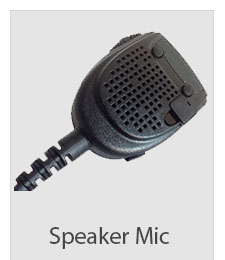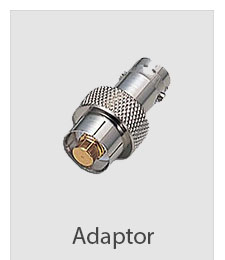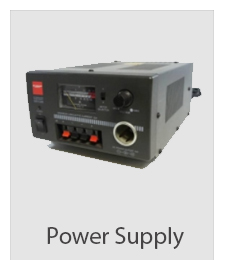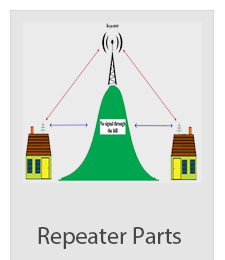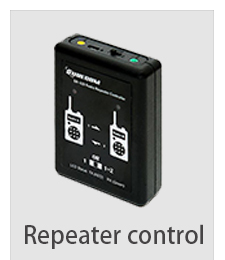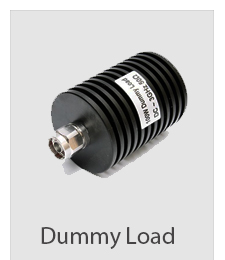Tall skinny speakers work differently than regular speakers
Most ordinary speakers use an electromagnet to push and pull on a cone-shaped diaphragm (see How Speakers Work for details). But there are a few other technologies on the market. The speakers you saw at your friend's house are probably electrostatic speakers.
Instead of using an electromagnet, electrostatic speakers vibrate air using a large, thin, conductive diaphragm panel suspended between two stationary conductive panels. These conductive panels are charged with electrical current from a wall outlet, creating an electrical field with a positive end and a negative end. The audio signal runs a current through the suspended diaphragm panel, rapidly switching between a positive charge and a negative charge. When the charge is positive, the panel is drawn toward the negative end of the field; when the charge is negative, it moves toward the positive end of the field.
In this way, the diaphragm rapidly vibrates the air in front of it. Because the panel has such a low mass, it responds very quickly and precisely to changes in the audio signal. This makes for clear, extremely accurate sound reproduction. The panel doesn't move a great distance, however, so it is not very effective at producing lower-frequency sounds. For this reason, electrostatic speakers are often paired with a woofer that boosts the low-frequency range. The other problem with electrostatic speakers is that they must be plugged into the wall and so are more difficult to place in a room.
|







